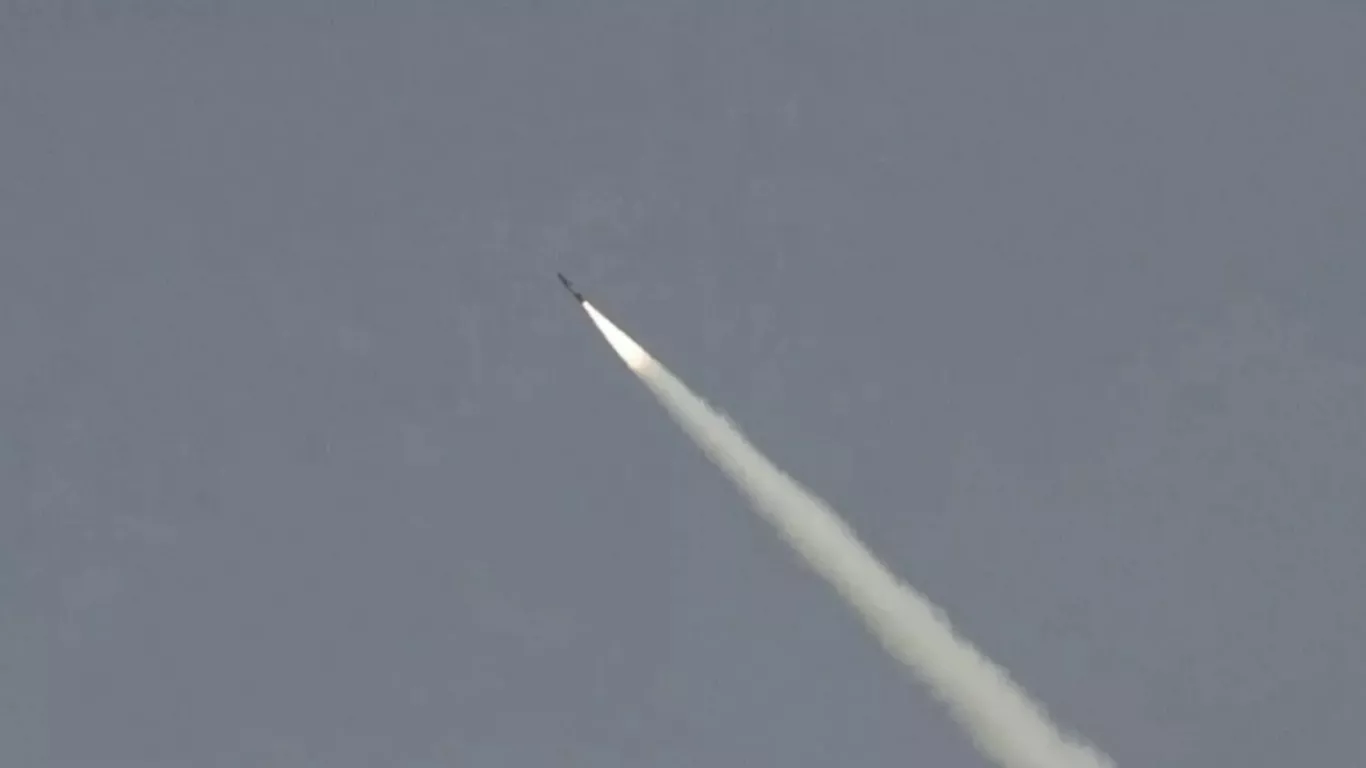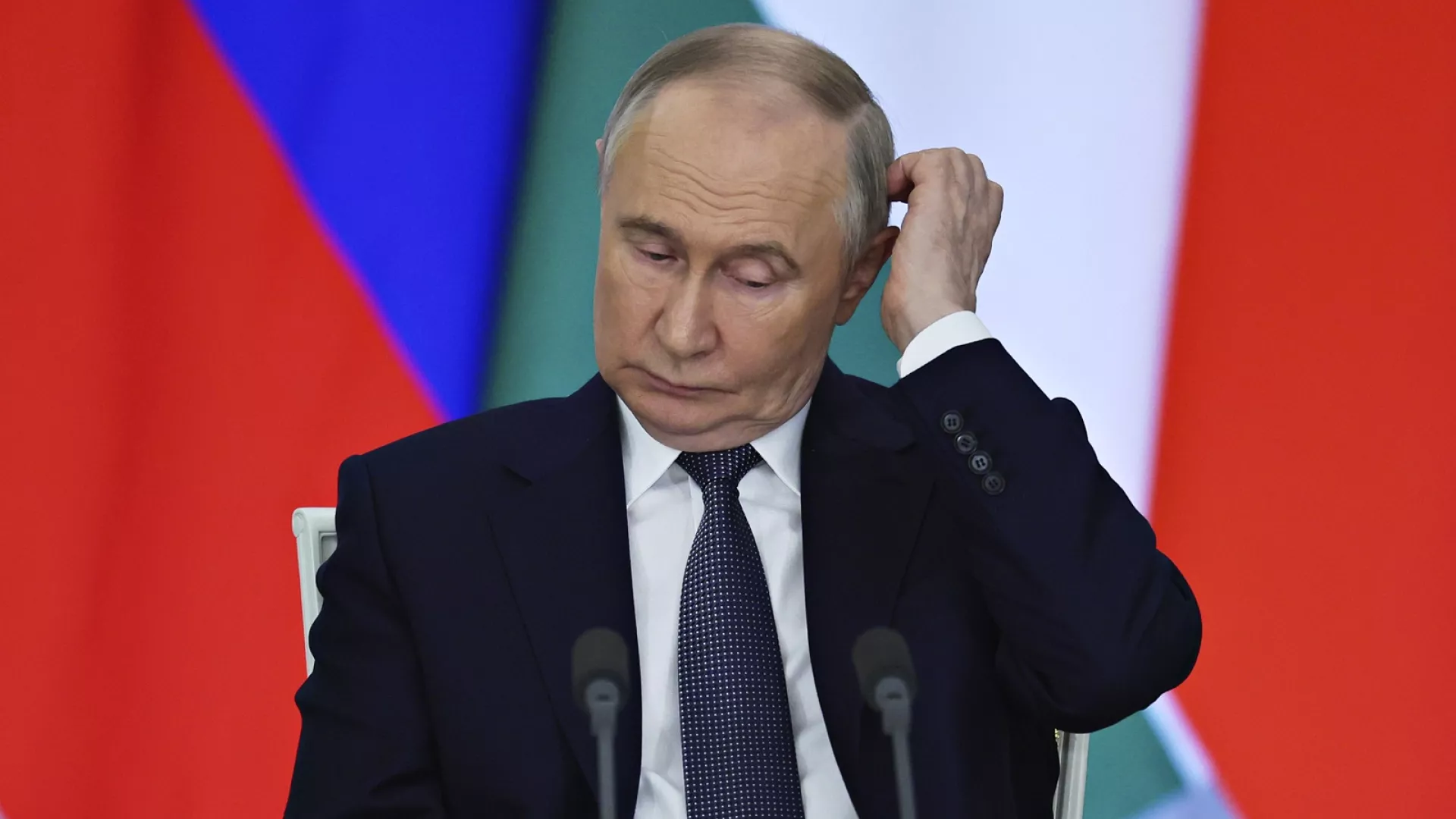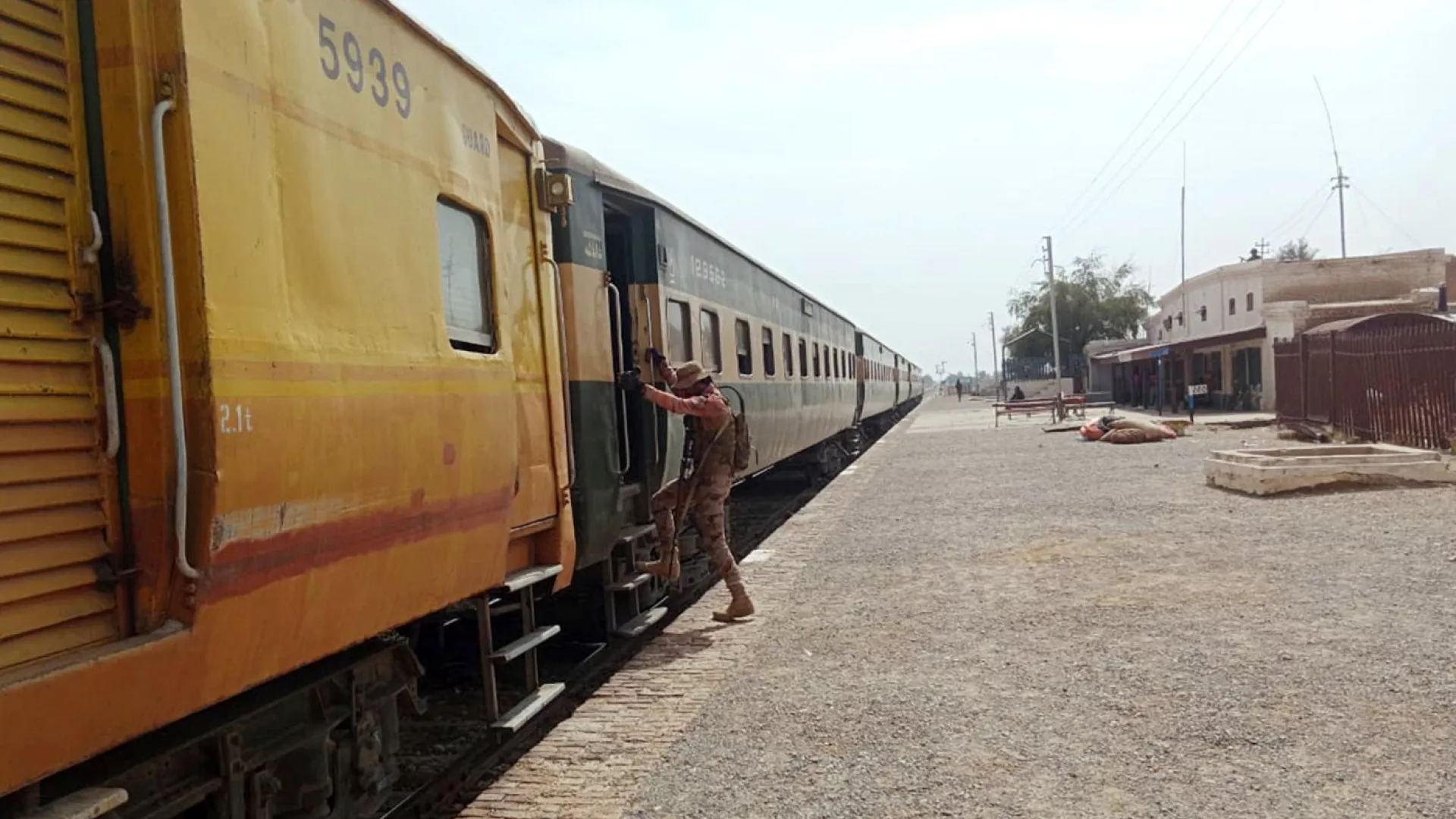As regional tensions simmer between Pakistan and India, Islamabad has conducted a ballistic missile test, raising concerns about the stability of South Asia—one of the world’s most volatile nuclear flashpoints. While official sources from Pakistan frame the move as part of a “routine training exercise,” analysts widely interpret the timing as a strategic signal to New Delhi and the international community.
This article examines the geopolitical context, implications for regional security, and global responses to Pakistan’s missile test during a period of heightened friction with its neighbor.
🔥 1. Context: Tensions Rising in South Asia
The relationship between India and Pakistan has long been marred by historical enmity, territorial disputes, and deep political mistrust. The contested region of Kashmir, claimed in full by both countries, remains a constant source of friction, with cross-border ceasefire violations and militant activity routinely sparking diplomatic and military responses.
In recent weeks, the following developments have intensified bilateral tensions:
-
Allegations of cross-border infiltration and ceasefire breaches along the Line of Control (LoC).
-
Escalating nationalist rhetoric in Indian and Pakistani media.
-
Strained diplomatic channels following the suspension of bilateral dialogue.
-
Military exercises conducted by both sides near sensitive border areas.
Amid this backdrop, Pakistan’s test of a nuclear-capable ballistic missile is not merely a technical demonstration—it is a geopolitical message.
🚀 2. Details of the Missile Test
Pakistan’s military confirmed that it successfully test-fired the Shaheen-III, a surface-to-surface ballistic missile with a reported range of approximately 2,750 kilometers, capable of reaching deep within Indian territory. The test, conducted under the supervision of the Pakistan Army Strategic Forces Command, was aimed at “re-validating various design and technical parameters of the weapon system.”
Key specifications of Shaheen-III:
-
Range: 2,750 km
-
Payload capacity: Up to 1,000 kg
-
Warhead type: Conventional or nuclear
-
Mobility: Road-mobile launch platform
-
Guidance system: Inertial with terminal phase corrections
According to the Inter-Services Public Relations (ISPR), Pakistan’s military media wing, the launch achieved “complete accuracy,” and senior military officials, including the Chairman of the Joint Chiefs of Staff Committee, witnessed the test.
🧠 3. Strategic Objectives Behind the Test
While Pakistan has conducted similar missile tests in the past, the timing and scale of this launch suggest multiple strategic objectives:
a. Deterrence Signaling
In South Asia’s nuclear equation, deterrence stability is key. Pakistan’s test serves as a reminder to India that it retains a credible second-strike capability—crucial in the event of a conflict.
b. Technological Validation
Pakistan’s strategic forces continue to evolve, and periodic testing ensures the reliability, accuracy, and readiness of its missile arsenal.
c. Domestic Political Messaging
Amid economic instability and political challenges at home, the test reinforces the government’s image as a guardian of national security, especially at a time when national pride and sovereignty are emotionally charged themes.
d. Response to Indian Advancements
India has recently conducted military drills and announced developments in missile defense systems. The test can be interpreted as Pakistan’s answer to Indian modernization efforts.
🧭 4. India’s Response: Caution Without Escalation
India has thus far refrained from any provocative retaliation. The Indian Ministry of External Affairs issued a brief statement emphasizing “regional peace and strategic restraint,” but also reiterated its commitment to national defense and border security.
Defense analysts in New Delhi have noted:
-
No abnormal troop movements along the border.
-
No changes in India’s strategic alert posture.
-
Confidence in Indian missile defense systems (such as the PAD and AAD interceptors).
However, Indian media outlets have framed the test as a “message aimed at New Delhi,” suggesting increased scrutiny of future Pakistani military movements.
🌍 5. Global Reactions: Calls for Restraint and Dialogue
The international community has responded with a mixture of concern and diplomacy.
United States:
The U.S. State Department urged both nations to “avoid escalation and exercise maximum restraint.” Washington reaffirmed its support for bilateral mechanisms to manage tensions and called for resumed dialogue on security and confidence-building measures.
China:
China, a close ally of Pakistan and a strategic partner of India, maintained a neutral stance, emphasizing regional stability and the importance of “peaceful dispute resolution.”
European Union:
The EU’s External Action Service called for both countries to adhere to non-proliferation norms, refrain from provocative actions, and strengthen backchannel communication to avoid miscalculation.
United Nations:
The UN Secretary-General’s office expressed concern over “rising tensions between two nuclear-armed neighbors” and reiterated the importance of maintaining strategic stability in South Asia.
🕊️ 6. Diplomatic Implications and Strategic Risks
While the missile test itself does not indicate an imminent military conflict, it adds complexity to an already fragile peace. The lack of consistent diplomatic engagement between India and Pakistan means there are limited crisis de-escalation tools in place.
Potential risks include:
-
Misinterpretation of routine military activity as hostile intent.
-
Accidental escalation due to lack of communication.
-
Nuclear signaling spirals, where each test invites a response.
Experts warn that without confidence-building measures (CBMs), even symbolic military demonstrations can evolve into dangerous confrontations.
📊 7. Broader Security Dynamics in South Asia
The South Asian security environment is influenced by more than just India and Pakistan. Factors such as:
-
China’s role in the region, including CPEC and border issues with India.
-
U.S. Indo-Pacific strategy and growing ties with India.
-
Afghanistan’s instability and regional militant movements.
All of these factors contribute to a highly dynamic and interconnected strategic landscape.
Pakistan’s missile test may be aimed at India, but its ripple effects are felt across defense planning in New Delhi, strategic calculation in Beijing, and policy circles in Washington.
🔐 8. The Role of Arms Control and Confidence Building
South Asia remains outside most global arms control regimes. Unlike the U.S. and Russia, or even China and the U.S., India and Pakistan have no formal arms control agreements, though they have:
-
A mutual notification pact on missile tests.
-
An agreement not to attack each other’s nuclear facilities.
Analysts argue that this is insufficient. With the potential for nuclear conflict higher in South Asia than in any other region, experts advocate for:
-
Hotlines between military commanders.
-
Third-party-facilitated dialogues on strategic stability.
-
Bilateral agreements on missile deployments and testing frequency.
🧩 9. Conclusion: A Delicate Balance of Power
Pakistan’s recent missile test, against the backdrop of rising tensions with India, highlights the fragile state of strategic stability in South Asia. While both nations claim to be acting in the interest of deterrence and national security, the lack of sustained diplomatic engagement continues to leave the region vulnerable to miscalculation and unintended escalation.
This test may serve its immediate strategic objectives for Pakistan, but unless accompanied by meaningful efforts at dialogue and risk reduction, it only adds fuel to an already volatile security environment.
In a world increasingly shaped by complex geopolitical rivalries and rapid military advancements, the subcontinent must prioritize communication, transparency, and trust-building, lest it fall victim to its own historical animosities.




